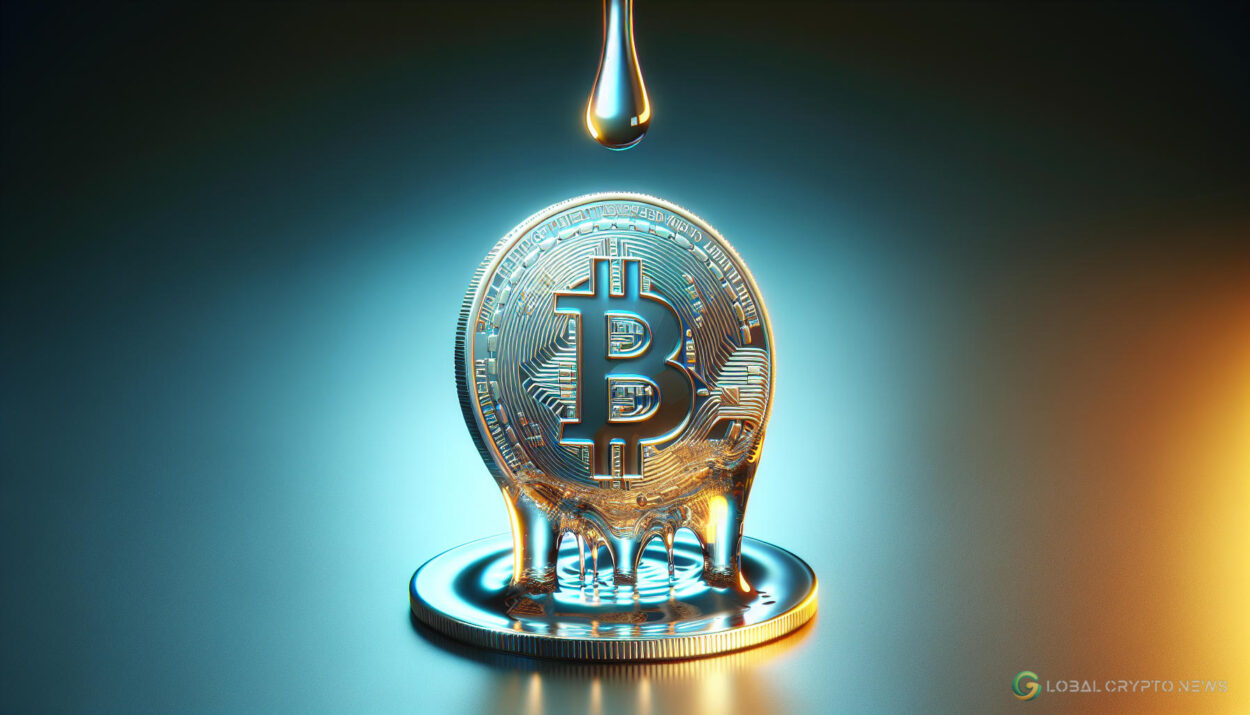“`html
The Pi Network price has experienced a significant decline, losing nearly 80% of its value since its peak in February. This drop has wiped out over $9.4 billion in market capitalization, decreasing from $13.8 billion to $4.4 billion. As of Monday, Pi Network’s token (PI) was trading at $0.6360, a level it has maintained since April 15. Once ranked as the 11th-largest cryptocurrency, it has now fallen to the 31st position.
Key Factors for Pi Coin Price Recovery
Several critical developments need to occur for the Pi Network price to recover and potentially reclaim its all-time high. Below are the most important factors that could influence its trajectory:
1. Cryptocurrency Market Recovery
The broader cryptocurrency market must recover from the ongoing bear market. Historically, altcoins perform well during periods of Bitcoin’s dominance and upward movement. For instance, many altcoins reached multi-month or multi-year highs in November when Bitcoin prices surged. A similar trend could help boost Pi Network’s value.
2. Addressing Tokenomics Concerns
A major issue impacting Pi Network is its tokenomics. Data shows that over 1.5 billion tokens are expected to unlock within the next year, with an average monthly unlock of 130 million tokens, currently valued at $83 million. This has raised concerns among investors and contributed to the ongoing sell-off.
The team has attempted to address these tokenomics challenges. However, concerns persist as a significant portion of Pi tokens is controlled by insiders. For instance, the Pi Network’s core team holds 20 billion tokens, while the foundation controls another 10 billion. An additional 5 billion tokens are allocated elsewhere, meaning insiders collectively control 35 billion tokens. Meanwhile, millions of pioneers have been allocated 65 billion tokens, creating an imbalance that raises questions about decentralization and market stability.
3. Tier-1 Exchange Listings
Another critical factor for price recovery is the listing of Pi Network on tier-1 exchanges. Currently, most trading activity for Pi coin occurs on platforms such as Gate, Bitget, OKX, and MEXC. A listing on major exchanges like Binance, Coinbase, Kraken, or Upbit could significantly boost liquidity and trigger a short squeeze, potentially driving the price higher.
Historically, exchange listings have played a pivotal role in the price movement of cryptocurrencies. For example, certain tokens experienced price surges of 20% to over 200% following exchange listings, demonstrating the potential impact of increased exposure and accessibility.
4. Ecosystem Growth and Utility
The expansion of Pi Network’s ecosystem is another key driver for its price. Creating practical utility for the token through partnerships, decentralized applications (DApps), and real-world use cases could increase demand and investor confidence. A growing ecosystem often leads to greater adoption and higher valuations.
Pi Network Price Analysis
A technical analysis of the Pi Network price reveals a consolidation phase over the past few weeks. The Pi coin has been trading sideways, hovering around its 50-period moving average. Additionally, the Average True Range (ATR), a popular indicator for measuring volatility, has significantly decreased, indicating reduced price fluctuations.
The chart also shows a double-bottom pattern, which is often considered a bullish reversal signal. The neckline of this pattern is at $0.7857, which represents the highest level reached this month. If the price breaks above this neckline, it could potentially retest the key resistance level of $1, marking a 58% increase from its current price. However, a drop below the double-bottom pattern would invalidate this bullish outlook and could lead to further declines.
While the current market conditions and tokenomics present challenges, a combination of market recovery, strategic changes, exchange listings, and ecosystem development could pave the way for a potential rebound in the Pi Network price.
“`
























